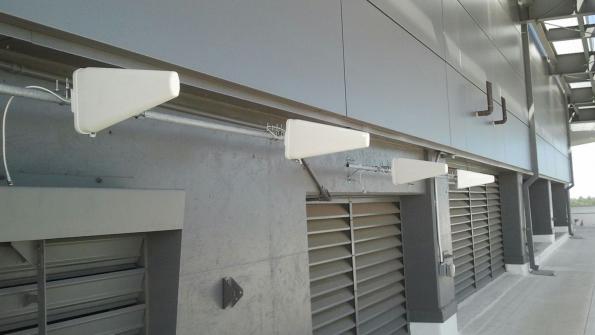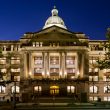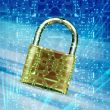California DMV uses cellular performance boost at Sacramento headquarters
Like most state and local governmental entities these days, the California DMV is saddled with the challenges of an aging infrastructure with limited resources to update.
Fortunately, it can now scratch one of those challenges off its to-fix list: poor cellular reception.
While cellular communications have become integral to every aspect of work and private life, the Sacramento DMV was burdened with an outdated, single-carrier cellular network that was years behind the technology curve. The result was poor to non-existent reception.
 DMV officials knew what they wanted, and they issued an RFP with a wish list:
DMV officials knew what they wanted, and they issued an RFP with a wish list:
1. A system that provided reliable 2G/3G/4G voice and data performance
2. A system that supported all major cellular networks and provided service throughout the department’s two buildings, 13 floors, and approximately 500,000 square feet of office space.
3. A compartmentalized system, so that any problems or service issues would be localized and would not affect service on other floors
4. A system that would be operational within weeks, rather than months or years
Budget: $250,000.
DMV officials chose Manley Solutions, a Southern California company specializing in wireless technology. The company installed cellular signal boosters by SureCall.
“Cellular boosters were the ideal solution because they met every need detailed in the RFP,” says Stuart Manley, president of Manley Solutions. “Boosters are FCC-certified to work with all carriers, they’re carrier-agnostic across all frequency bands, they’re cost efficient while also being extremely scalable, and they’re relatively fast and uncomplicated to install.”
Cellular boosters work by receiving a carrier’s signal – even a very weak one – boosting its power (or gain), and then generating that signal throughout a given area. They also work in reverse, taking a cell phone’s outgoing signal and boosting its strength so it has enough power to reach back to the nearest cell tower. Each booster can support over 100 simultaneous voice/data streams, giving it the capacity necessary to meet the high-traffic needs of the DMV.
For the Sacramento DMV, the recommendation called for installing 13 independent booster systems, each anchored with a SureCall Force5 cellular booster. Each floor would require one or two boosters, depending on the size of the area being served. Each booster would be served by one outside antenna and then would feed two or more inside antennas. In all, the installation would include a total of 20 boosters, 20 outside antennas and more than 100 inside antennas.
_____________
To get connected and stay up-to-date with similar content from American City & County:
Like us on Facebook
Follow us on Twitter
Watch us on Youtube



















